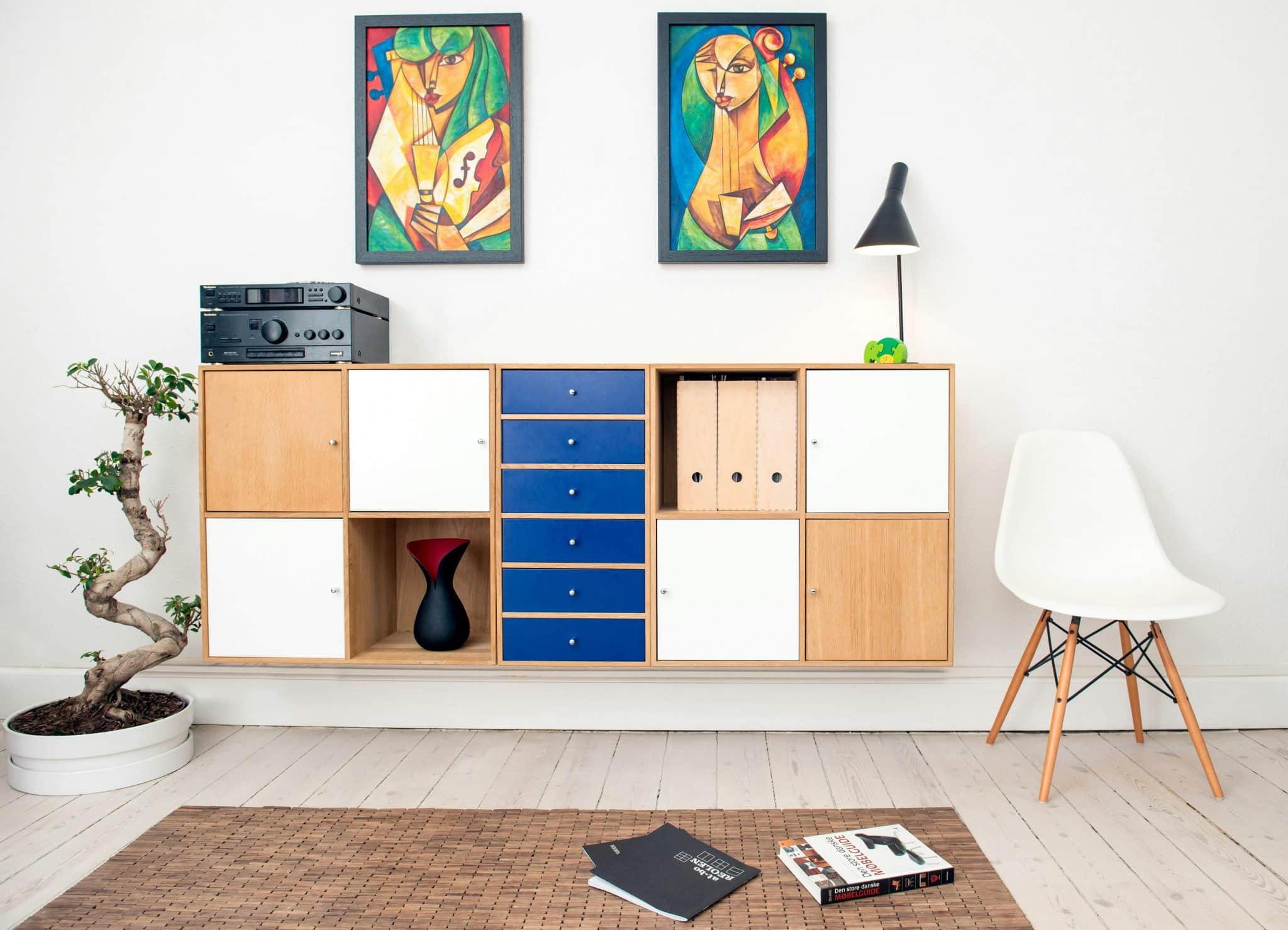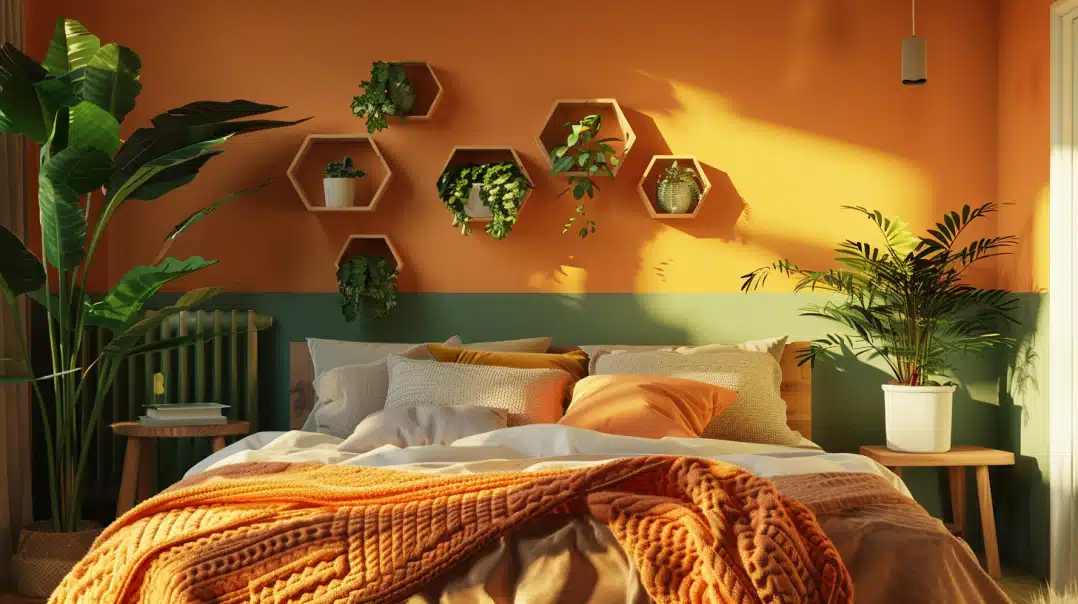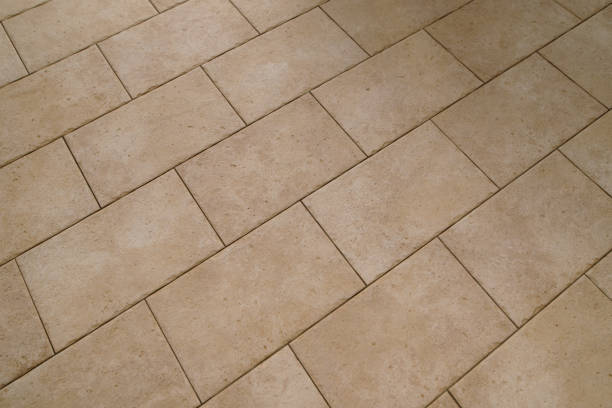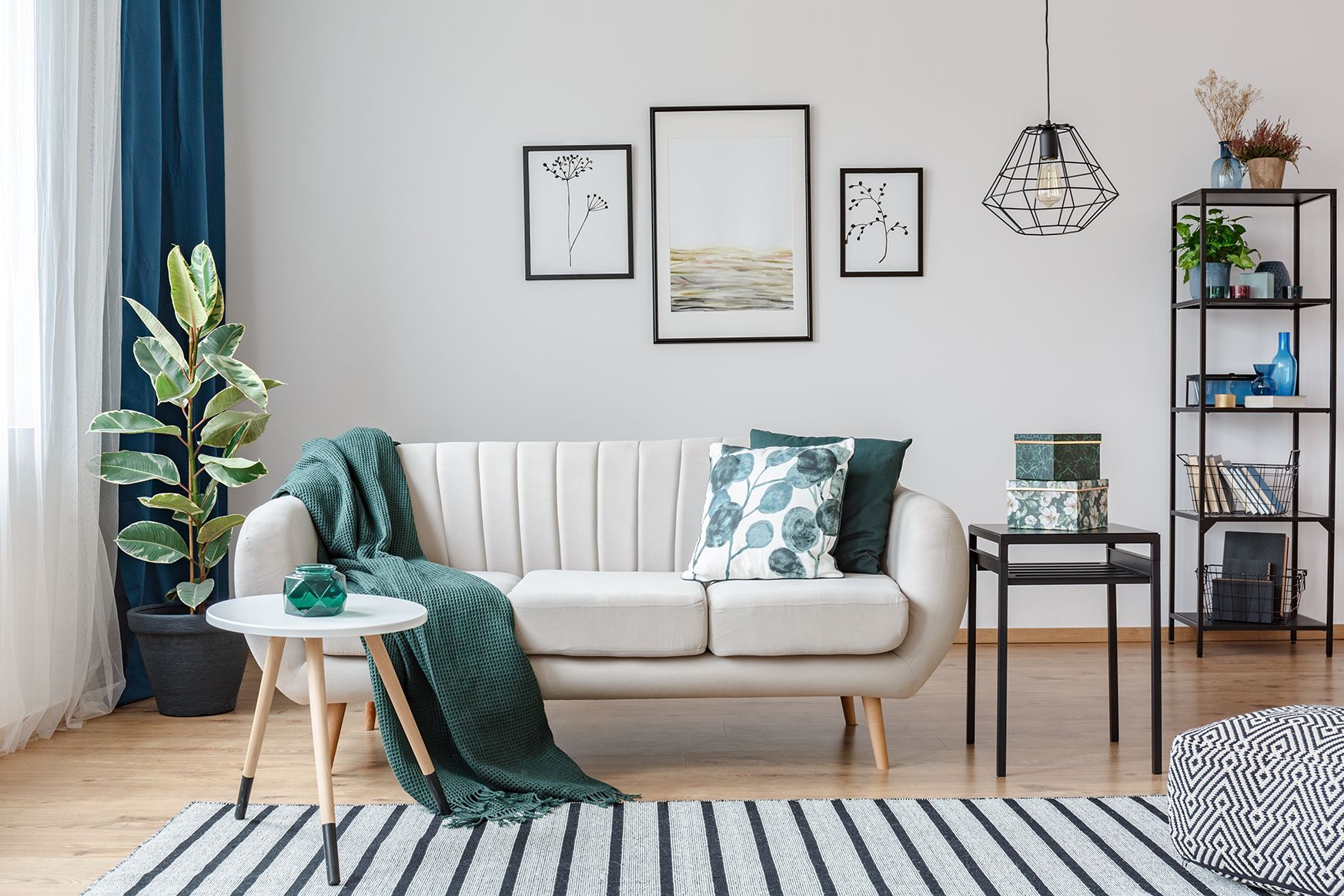How Fusion Designs Are Reshaping Modern Living Spaces
Have you ever walked into a home and felt, for lack of better words, at peace? Like an unexpected sense of tranquility and harmony took over you? That’s the magic of thoughtful, often fusion design.
Why fusion design? Because when done right, combining elements from various design philosophies, like contemporary and rustic or industrial and bohemian, has the power to transform any room into an authentic and inspiring space.
And inspiration is the antidote to anxiety and stress, both of which many of us grapple with on a daily basis.
If you’re looking for some design inspiration (no pun intended) for your home, fusion design might be something you want to look into.
The Art of Mixing Styles
Blending different design styles can breathe new life into your home.
Think about your average modern living room: all sleek lines, symmetry, and minimalist furniture.
Practical and pleasant to look at, yes, but perhaps a little bit… soulless? Perhaps ‘impersonal’ or ‘cold’ would be better descriptors. In any case, if that’s how you currently feel about your living room, imagine it accented by rustic wooden beams and a cozy, oversized farmhouse coffee table.
How does it feel now? Is it warmer, more personal? That’s thanks to the contrast between the modern and rustic elements. The final result is both sophisticated and inviting.
Or picture an industrial loft with exposed brick walls and metal fixtures softened by bohemian textiles and plants.
The industrial elements provide a sturdy backbone, while the bohemian touches add warmth and personality. This fusion not only makes the space unique but also tells a story of diverse influences and tastes.
More and more homes in vibrant international cities, such as Dubai, New York, London, and Paris, are embracing fusion design.
Dubai, in particular, has numerous luxury apartments and homes that combine sleek contemporary furnishings with traditional Middle Eastern patterns and textures. The result are spaces that are both cosmopolitan and rooted in cultural heritage.
If you’re a fan of cosmopolitan spaces that are also rooted in cultural heritage, you might want to check out Provident Estate, a leading real estate service in Dubai. Their expertise can help you find the perfect home to serve as your canvas for fusion design.
Achieving Fusion Designs at Home
Creating a fusion design in your home involves more than just mixing and matching random elements from different styles. While, technically, you could wing this by following your intuition, if you want that cosmopolitan look, some careful planning is in order.
Here’s how you can achieve a successful fusion design at home.
Start Small
Begin with a single room and introduce elements from a different style gradually. This method allows you to see how the styles interact without committing to a complete overhaul.
For example, if you’re interested in mixing modern and rustic styles, start by adding a rustic coffee table to your modern living room.
Take a step back and observe how it changes the feel of the space, and then gradually introduce more elements, like a reclaimed wood bookshelf or rustic decorative items.
Find Common Ground
Look for commonalities between the styles you love. For instance, both rustic and industrial designs often use raw, natural materials like wood and metal. Use these overlapping elements to create a cohesive look.
If you’re blending Scandinavian and bohemian styles, focus on their mutual emphasis on comfort and coziness through the use of soft textiles and natural light.
Balance is Key
Make sure that no single style overwhelms the other, as balance is crucial in fusion design. If your space feels too modern, add a few vintage pieces to soften it. Conversely, if it feels too eclectic, streamline with some minimalist touches.
Try to maintain a 60-30-10 rule: 60% dominant style, 30% secondary style, and 10% accent pieces. This helps in maintaining a balanced look without overwhelming the space with too many contrasting elements.
Finally, don’t be afraid to experiment and adapt ideas to suit your personal taste and space!







